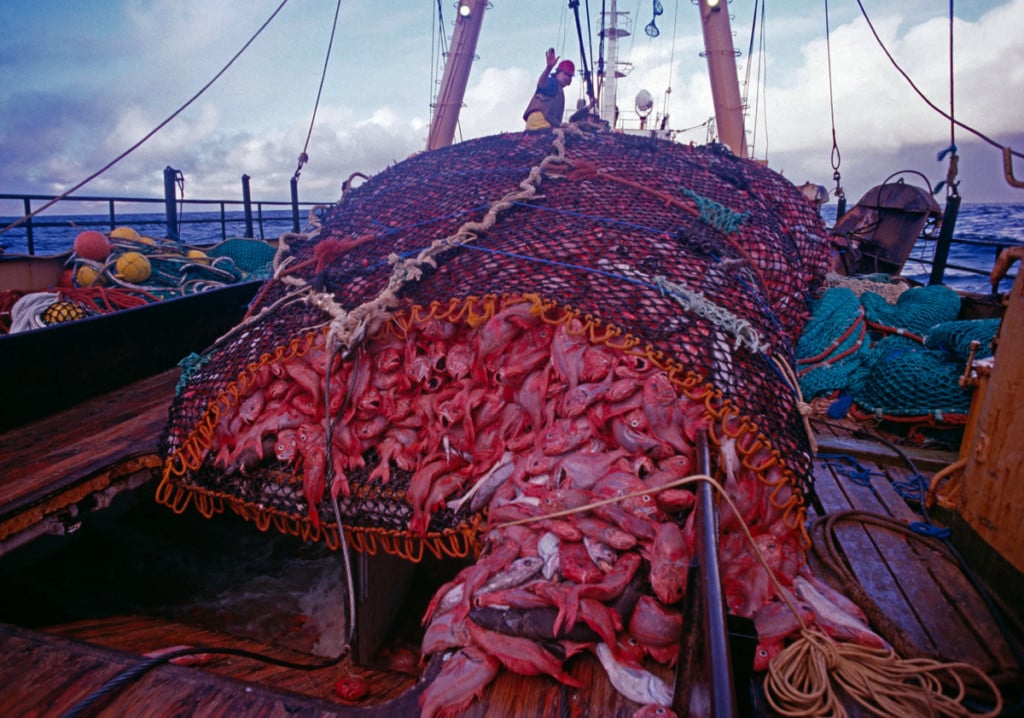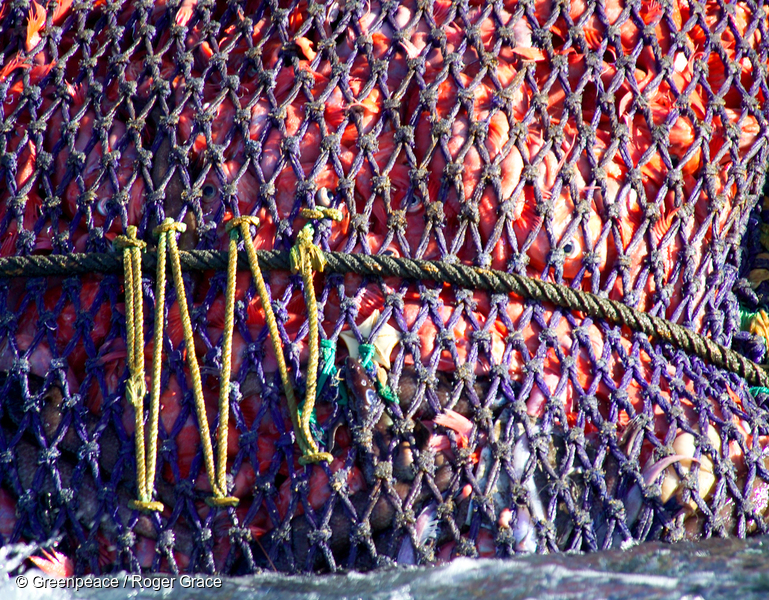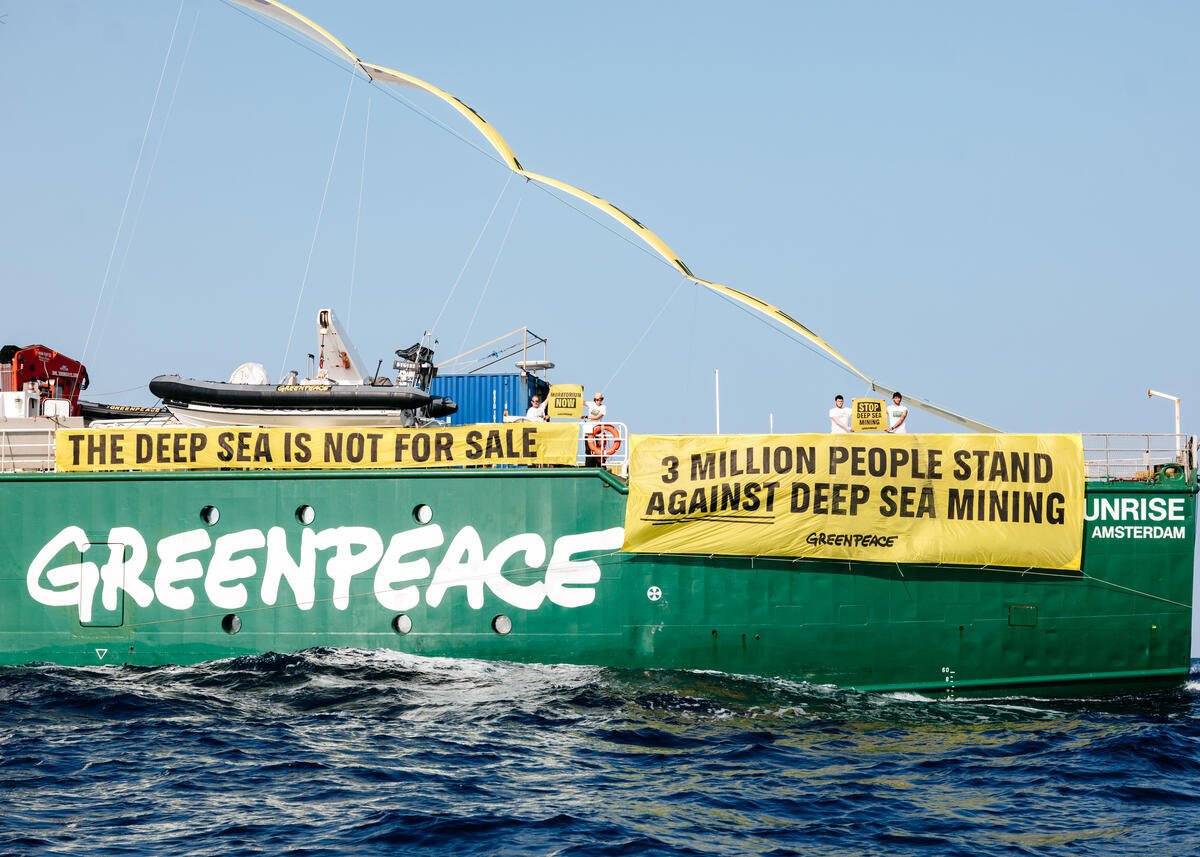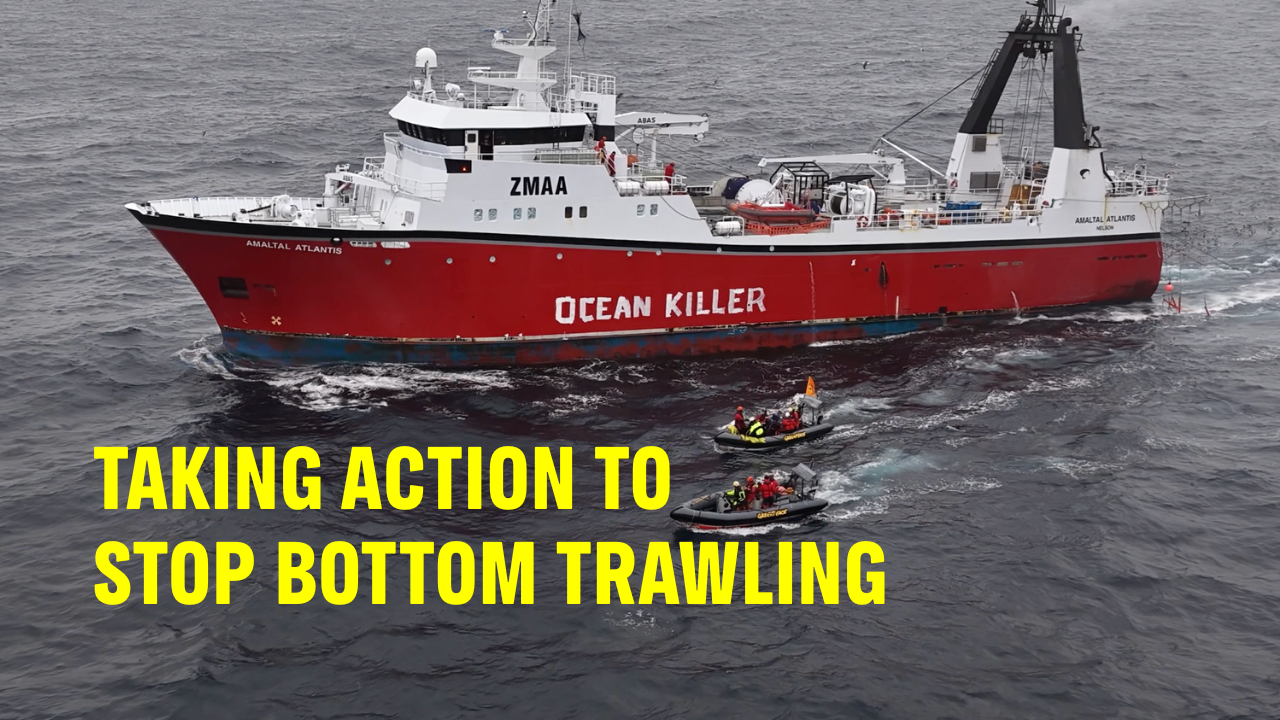Environmental groups are roundly rejecting a proposal re-released by Aotearoa bottom trawling company Sealord today, saying the so-called “white paper” proposal is yet another attempt by the company to continue trashing seamounts, but with a special PR spin to make it look like “protection.”
“The paper continues Sealord’s false claim that there are only 142 seamounts in Aotearoa when concrete evidence and studies have shown there’s more than 800 – if not close to 1000 – seamounts in our waters,” said Barry Weeber, of the Deep Sea Conservation Coalition.
“So if a seamount is 990 metres high, it doesn’t count, and they can trash it by their argument.”
Biologists have recognised that underwater features over 100m above the seabed are called seamounts. Not 1000m as Sealord claims.
“Sealord has spent thousands on a PR campaign around this ridiculous notion that the only seamounts that count are over 1000m high – and they then extrapolate this false claim to argue they can continue trashing seamounts,” says Weeber.
“The company has knowingly whittled that number down to the tallest fraction of them. Under their proposal – the vast majority of seamounts would still be open to bottom trawling destruction. Essentially, this is the Sealord plan to continue seamount destruction, based on pseudo-science.”
He noted there wasn’t a single scientific citation in the “white paper”: instead, there’s a ‘‘bibliography” of just three scientific papers: none of which is under a decade old.
This idea first surfaced with splashy ads in April, another press release and an Opinion Piece in May, and some random vox pops in June, and now they have dressed up the same flimsy, unscientific argument as a ‘white paper’ to make it appear more robust.
Greenpeace oceans campaigner Ellie Hooper pointed out that the government had agreed to numerous UN resolutions agreeing to protect seamounts from bottom trawling, and called on the government to reject the Sealords proposal.
“In an extinction crisis, it is completely unjustifiable for commercial fishing to continue trashing wildlife hotspots: these areas need to be protected for the future health of the ocean,” she said.
“Ocean protection should be based on what is ecologically important to protect – not on what the fishing industry doesn’t want to exploit. If this is how conservation is going to work in New Zealand, then we absolutely won’t protect ocean health for the future. We call on the government to publicly reject Sealord’s proposal so we can get on with the business of protecting the oceans, not commercial fishing.”
“The commercial fishing industry should not be in charge of ocean protection. They picked the Benthic Protected Areas they often cite as a success – when the vast majority of the areas protected under this legislation were too deep to bottom trawl anyway. This is another example of the industry’s attempt to water down ocean protection.”

At home and far out to sea, our oceans are being plundered for profit by the fishing industry through bottom trawling. But what is bottom trawling and why is it so destructive to ocean habitats?
Take Action


